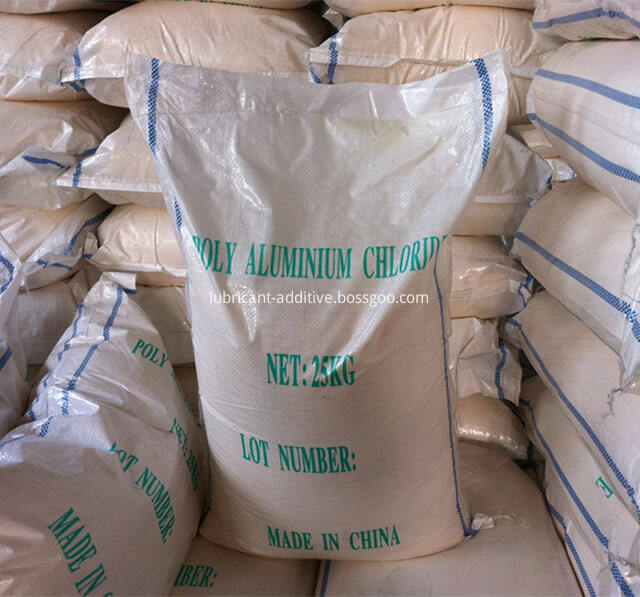The development of high activity, high selectivity coordination polymerization catalysts for olefins is of great significance in basic research and industrial applications. The precise control of polyolefins in terms of stereoregularity through the design of catalysts is the most important for polymer science. One of the research areas. State Key Laboratory of Polymer Physics and Chemistry, Changchun Institute of Applied Chemistry, Chinese Academy of Sciences, Cui Dongmei's research group has been working on the research of rare earth catalysts for highly selective polymerization of olefins/conjugated diolefins. A series of advances in the preparation of high-performance rubbers and the highly selective polymerization of functional olefins: (1) The ternary and highly selective copolymerization of butadiene, isoprene and styrene to prepare high-performance integrated rubber was realized by using a constrained geometry pyridine-based rare earth catalyst; (2) The use of bridged pyridinium based rare earth catalysts not only catalyzes the high activity and high syndiotactic selectivity of styrene, but also catalyzes the selectivity of butadiene cis-1,4 and isoprene 3,4-selective Copolymerization, preparation of a new concept of integrated rubber; (3) The 3,4-high isotactic polymerization of β-myrcene derived from natural vegetable oil and the 3,4-high isotactic copolymerization with isoprene were realized for the first time by rare earth catalysts chelated by NSN-type ligands. ; (4) For the first time, rare-earth catalysts with constrained geometry have been used for the first time to realize the high activity and high syndiotactic selective insertion polymerization of (methoxy/meta/para) methoxystyrene with different substitution sites. (5) High isotactic polymerization of o-methoxystyrene was achieved using a β-bisimine rare-earth catalyst with no polymerization activity to styrene. During this polymerization, polar groups acted as activating polymerization, breaking the pole. The traditional concept of poisoning olefin coordination polymerization catalysts (as shown). Related results were published in Macromolecules 2011, 44, 7675−7681, Macromolecules 2012, 45, 1248−1253, Macromolecules 2014, 47, 4971−4978, Macromolecules 2014, 47, 8524−8530, Chem. Commun., 2015, 51, 1039 -1041, Chem. Commun., 2015, 51, 4685-4688, Angew. Chem. Int. Ed., 2015, DOI: 10.1002/anie.201412166 and other journals. A series of results obtained in this research opens up new research directions for the highly selective polymerization of olefin monomers, especially polar olefin monomers, and will also provide technical support for the application of high performance rubber materials and functionalized polyolefin materials. . The study was funded by the National Natural Science Foundation of China and the “973†Program of the Ministry of Science and Technology.
Product Introduction
PAC series products are of different degree of polymerization of the composition of inorganic polymers, which is mainly composed of Al13O4(OH)24(H2O)127 plus highly charged polymer chain polymerization of aluminum ions and colloidal particles in water with high efficiency and power in and bridging flocculation function, can effectively remove the water turbidity, color, heavy metals and trace organic compounds. Similar to DBNPA 2,2 Dibromo 3 Nitrilopropionamide, TTA Tolyltriazole , Isothiazolinones Bactericide and PAM Polyacrylamide Flocculant, Polyaluminum Chloride PAC is also a kind of Water Treatment Chemical .
Features:
1, Forming fast activity is good, filter is good;
Specifications
Name
coagulant
Model
content of 30%
(Al203) content
30%
Color
yellow powder
Application
Water Purification
Certification
SGS
Size
0.5-1mm
PH(1% water solution)
3.8
Water insoluble matter%/≤
1
Ammonia nitrogen (N) content%≤
0.01
Arsenic (As) content%
0.002
Lead (Pb) content%
0.001
Cadmium (Cd) content%
0.002
Package: 25kgs bags or 1MT jumbo bags or made to order.
Polyaluminum Chloride Pac Polyaluminum Chloride,Polyaluminum Chloride Pac,Water Treatment Chemicals,Water Treatment Zhengzhou Chorus Lubricant Additive Co.,Ltd. , https://www.cn-lubricantadditive.com
2, No added alkaline additives, such as the case of deliquescence, the results remain unchanged;
3, Suitable PH value of wide, strong adaptability and wide range of uses;
4, Treated water, less salt;
5, To remove heavy metals and radioactive substances to water pollution;
6, Active ingredients, ease of storage and transport.

A series of researches on rare earth catalyzed highly selective polymerization of olefins by Changchun Yinghua Research Institute
